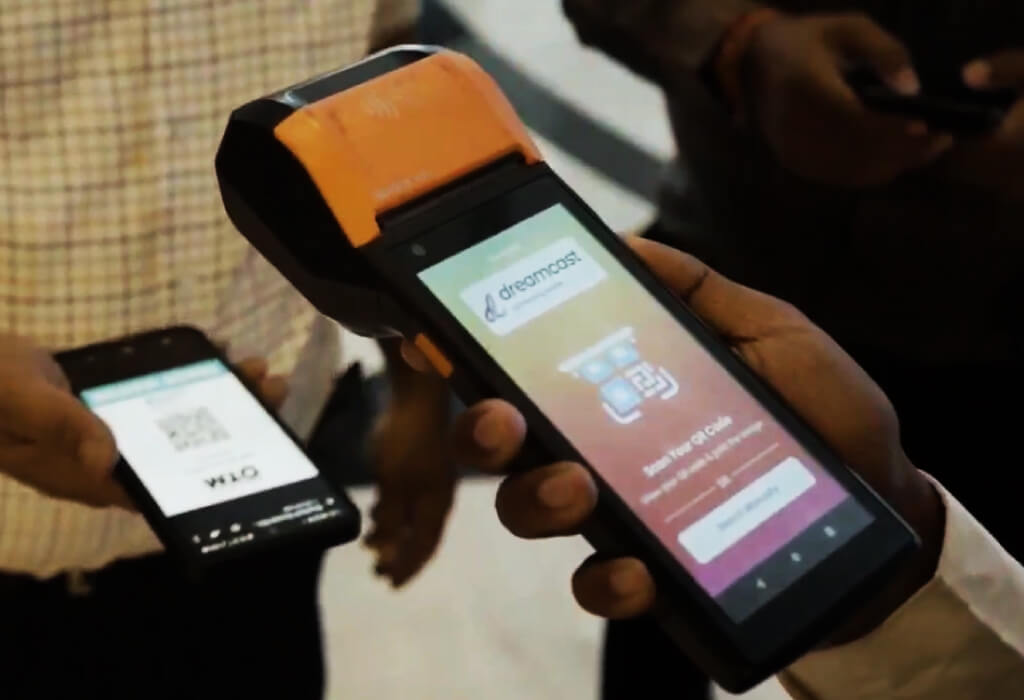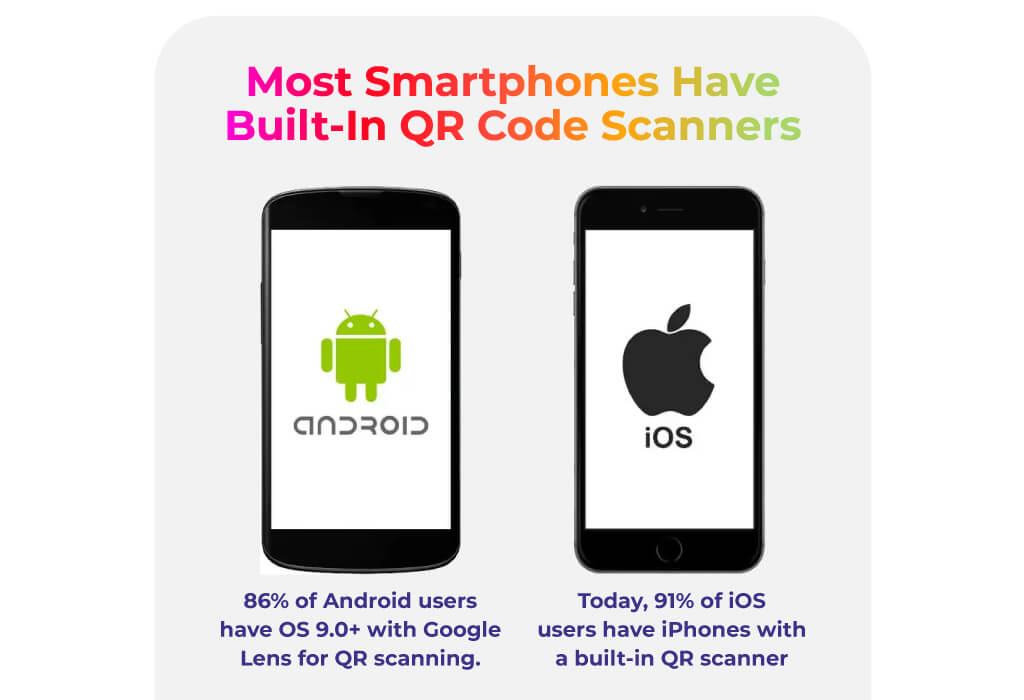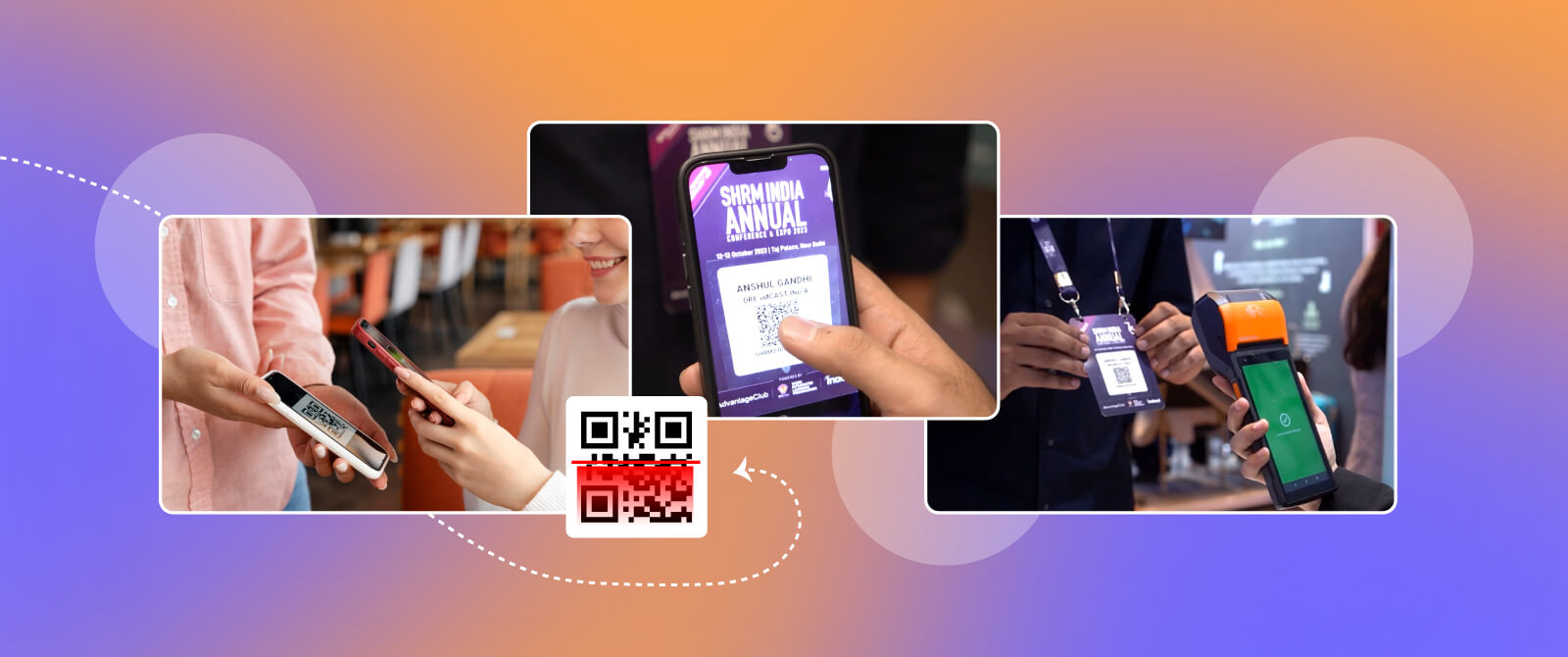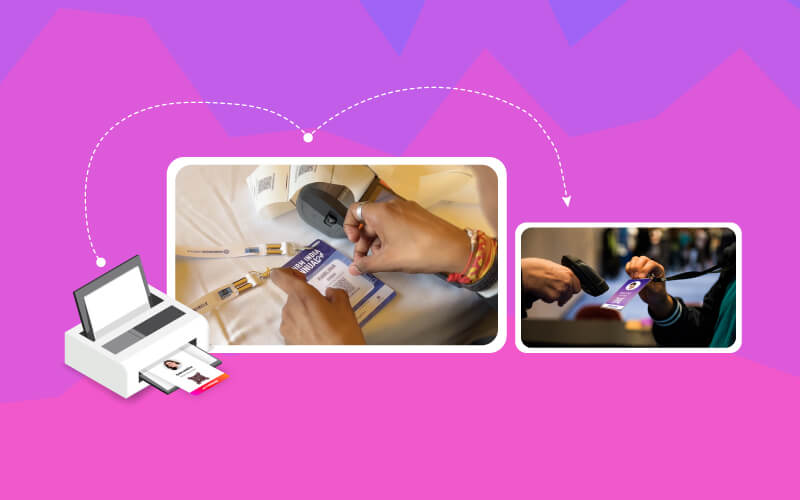Even having QR (Quick Response) codes in place, have you ever wondered why your event check-in procedure isn’t as seamless as you hoped? QR codes for event check-in provide a quick and effective method to control guest flow, therefore transforming the check-in process. Like any technology, its value depends on the correct application. Understanding the mistakes that could compromise your efforts will help you to improve your event experience and avoid typical problems. Let’s explore seven frequent mistakes to prevent when utilizing QR codes for event check-in, so guarantee a flawless running of your event from beginning to end.
Table of Contents
Avoid These Issues While Using QR Codes for Event Check-in
Learn about the key mistakes to avoid when using QR codes for event check-in and get practical solutions to address them.

Mistake #1: Having a QR Code to Have It
“Integrating a QR code without purpose is like handing out a map with no destination—it leaves your attendees lost and your event’s potential untapped.”
Using QR code for in-person events without a clear intent is one of the most often occurring issues made by event planners Ignorance among participants resulting from just adding a QR code to your event materials can lessen the value of your event. A QR code that has no particular use could go overlooked, or worse, it could irritate guests not sure of its purpose.
How to Fix it?
Take the time to define a clear and specific objective for their use before including QR codes in your event. Consider what with the QR code you wish to do. Is it to hasten the check-in process, give guests fast access to event data, or maybe include them with interactive materials? You ensure the QR code for event check-in adds actual value to the attendee experience by matching its functionality with your event objectives. If the goal is to expedite check-in, for instance, the QR code to check-in should link immediately to a quick and simple check-in gateway, thereby streamlining and expediting the procedure.
Read More:- How Custom QR Code Badges Revolutionize Event Management?

Mistake #2: Ignoring Clear Instructions
By 2023, 44.6% of internet users had scanned a QR code at least once. Although QR codes for event check-in are becoming more and more common, not all participants might be familiar with how to make the most use of them. Should clear instructions on scanning and QR code use lacking, guests may struggle, resulting in annoyance, delays, and a bad first impression of your event.
How to Fix it?
Give attendees clear, concise instructions on QR code scanning and usage. Before the event, one might accomplish this with digital communication, signs, or visual aids. Particularly for individuals who might be less tech-savvy, think about guiding participants through the procedure with exacting instructions. For instance, mention details on the type of app they could require downloads or how to scan the code using the built-in camera on their smartphone. Clear instructions ensure a seamless beginning to the event, help to reduce uncertainty and simplify the check-in procedure.
Mistake #3: Discounting Mobile Optimization
Usually scanned with mobile devices, QR code for event check-in could cause problems for attendees if they are not suited for mobile use. This could produce a bad user experience, slow down the check-in process, and cause frustration. According to the study, A five-minute wait at check-in reduces guest satisfaction ratings by 50%.
How to Fix it?
Make sure the QR code to check-in is correctly scaled and structured for mobile devices to help avoid this problem. From smaller mobile to bigger tablets, they should be simply scannable on many screen sizes. Test the QR codes on several mobile devices and operating systems to also verify compatibility with a broad spectrum of scanning applications. Optimizing the QR codes for mobile use improves accessibility so that, regardless of the device, every attendee may swiftly and easily check-in.

Mistake #4: Neglecting Size Guidelines of QR Code for In-person Events
legibility and efficacy of QR code for in-person events depend critically on its size. While too large QR codes could occupy pointless space without any functional advantage, too small QR codes could be difficult to scan and cause mistakes and delays.
“The right QR code size ensures smooth scanning and avoids unnecessary disruptions at events.”
How to Fix it?
Create and print your QR codes using industry-average size recommendations. While the minimum size for printed codes should be 2 × 2 cm (0.8 x 0.8 in), ideally Digital QR Codes should be roughly 240 by 240 pixels (6.35 x 6.35 cm) with a minimum of 72 DPI (dots per inch) resolution. Following size recommendations helps you to guarantee that your QR codes are easily scannable, therefore lowering the possibility of mistakes and enhancing the whole check-in process.
Mistake #5: Poorly Placed QR Codes for In-person Events
Attendees may face issues in scanning the QR code for event check-in if the scanners are placed in the hard-to-reach area. It can lead to frustration and slow down the event check-in process.
How to Fix It?
Put QR codes in places attendees may easily see and access on a purposeful basis. Think about busy spots including the registration desks, waiting areas, or doors. To enable simple scanning, the QR code for in-person events should be placed in highly light areas at eye level. Furthermore, take into account the flow of attendees—place QR codes where people naturally stop, for example information booths or next to doors. Optimizing QR code positioning can help to ensure a better check-in procedure, increase visibility, and improve scanning efficiency.
Here are few locations where you can place your QR codes
| Placement Location | Description |
|---|---|
| Registration Desk | Best place for attendee to scan QR codes for access to event data or check-in |
| Event Program Board | Event program board including QR codes for easy access to schedules, speaker profiles, or extra materials. |
| Booths/Exhibits | QR codes at booths or exhibitions for easy access to product data or special offers will help to increase involvement |
| Networking Areas | Put QR codes in networking areas to quickly communicate social media profiles or contact details, therefore facilitating relationships. |
Mistake #6: Ignoring Data Security
Using QR codes for event ticketing and check-in raises serious questions about data security, particularly in event environments where private attendance information is involved. Ignoring data security policies runs the risk of revealing private data. It leads to possible security breaches and confidence loss.

How to Fix It?
Why are you ignoring data security if you are using QR code for event check-in? It can affect your event image and business value.
Ensure that robust data security protocols are in place when using QR codes for event check-in. This covers encrypting the data sent via the QR code, leveraging safe servers, and dealing with respectable vendors that give data security a priority.
Additionally, make sure your event’s privacy policy communicates how attendee data will be used and protected.
These steps can help you protect private data, develop attendee trust, and lower the possibility of data breaches.
Mistake #7: Skipping Testing for In-Person Events
If QR codes for event registration are not completely checked before the event, even the most carefully crafted ones could fail. Ignoring the testing stage could cause unanticipated technological problems, operational difficulties, and a poor event experience.
How to Fix It?
Before the real event day, thoroughly test your QR code for in-person events. To guarantee they operate as predicted, this testing should involve QR code scanning under several settings, including diverse lighting environments and crowd densities. Test the backend systems linked to the QR codes also to confirm they accurately handle the check-in data. Early recognition and resolution of such problems during testing will help to guarantee a flawless event registration, ticketing, and check-in process for every attendee on the day of the event.
Read More:- QR Code vs RFID: Which Is Better for Event Management?
Final Words:
Using QR codes for event check-in will help you greatly increase the efficacy and efficiency of your event management system by avoiding several typical errors. These best practices will not only simplify the check-in procedure but also improve the whole guest experience. Remember, a well-planned QR code strategy is key to maximizing its benefits and achieving your event goals.




















